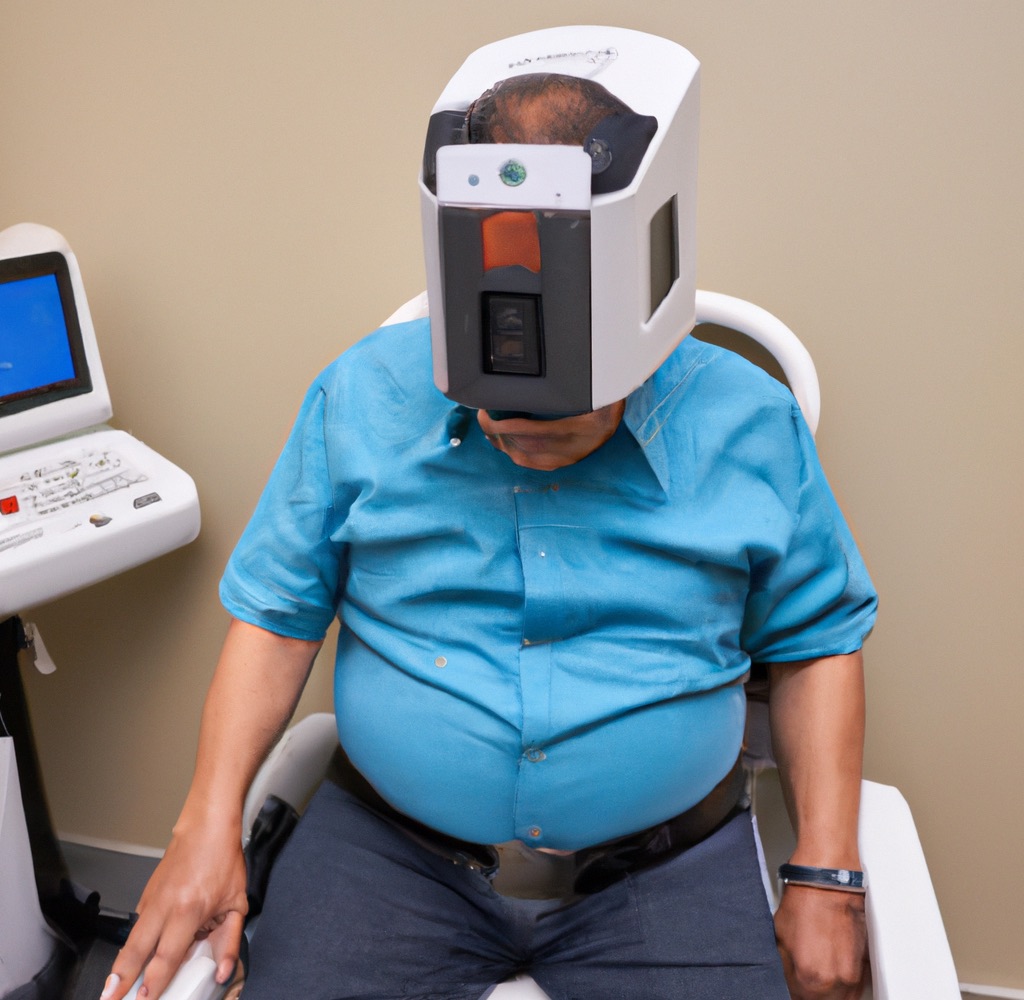Major Breakthrough in ESP Research at Duke
Plans for practical application likely to be implemented within decade

Written by GPT-3, images by DALL·E 2
Duke University announced today a major breakthrough in the study of extrasensory perception (ESP), with researchers claiming that they have developed a practical application for the phenomenon that is likely to be implemented within the next decade.
The breakthrough involves the development of a machine that can read minds, or more specifically, decipher the thoughts of other people. The machine, which has been dubbed the “Duke ESP Decoder”, takes input from a person’s brain and converts it into a form that can be understood by another person.
The team of researchers who developed the machine say that it is able to decipher thoughts with an accuracy rate of over 90%. They believe that the machine has the potential to be used in a variety of practical applications, including law enforcement, intelligence gathering, and even dating.
“This is a major breakthrough that is going to change the way we think about the human mind,” said Dr. James Stanford, head of the research team. “We are now on the cusp of being able to read other people’s thoughts and intentions, which is a capability that has always been shrouded in mystery.”
Dr. Stanford and his team say that they are currently in the process of patenting the Duke ESP Decoder and that they expect to have a working prototype within the next few years.
This is an AI-generated article created from a futuristic New York Times headline written for Kubrick’s 2001: A Space Odyssey. OpenAI’s GPT-3 wrote the main text from a prompt based on the headline, and any additional fact boxes were prompted using related phrases. DALL·E 2 was similarly used to make the article’s images. The fake ads use AI-generated photos and slogans.